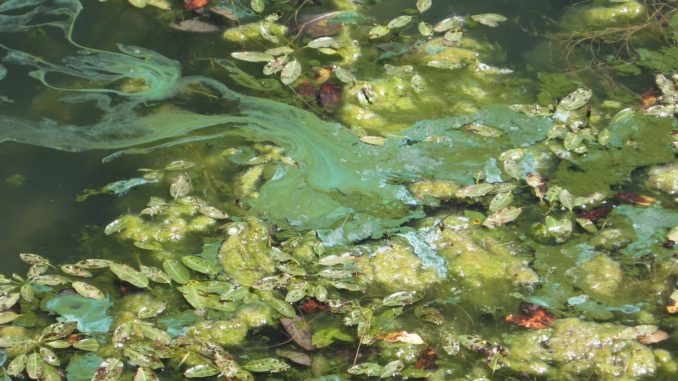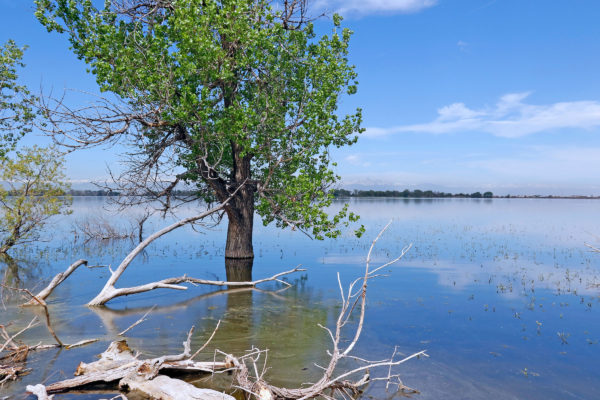| Late summer is the time of year when we see the majority of algae blooms in Colorado. Algae is naturally occurring, we do have blooms across the state and there are public health guidelines to be followed. Be Algae Aware, arm yourself with knowledge and know the options on how you can help be apart of the solution.
What should a person watch for?
People and their pets should avoid ingesting or swimming in water with heavy accumulations of algae.
Are some lakes more susceptible to algae than others?
Most algae is harmless and an important part of the aquatic food chain. Lakes with high nutrients are more susceptible to blue-green algae, which is the specific type of algae that is capable of producing toxins.
What conditions cause high algae levels?
High nutrient levels (nitrogen and phosphorus in particular) are the biggest factor. Warm temperatures, and calm conditions also contribute.
What can you do?
Don’t feed the algae: Nitrogen and phosphorus in excess grow scummy algae in a lake. The public can help with water quality of our lakes, reservoirs and streams by using phosphorus free fertilizers and picking up after their dog.
How do they test for it?
Colorado Parks and Wildlife goes through several steps when an algae bloom occurs. We identify the species to determine if is a blue-green algae, and if that species is capable of producing toxins. If it is potentially toxic, we use strip tests that can tell if toxins are present. The strips take about one hour to run. If the strip is positive, we work with WQCD and CDPHE for further lab testing.
Is there a safe level for algae?
Most algae is safe and cannot produce toxins. It is an integral part of the aquatic food chain.
Who is in charge of the inspections?
Each lake owner is responsible for their own lake. CPW monitors blooms in our State Parks and State Wildlife Areas, and in partnership with the Water Quality Control Division in CDPHE. WQCD monitors lakes statewide, not just CPW lakes.
What prompts an inspection, is it routine?
CPW does routine visual monitoring for blooms. If we see a suspicious bloom, we identify the algae. If the algae is capable of producing toxins we do further testing in partnership with WQCD and CDPHE.
Does it take a death to prompt an inspection?
No, the presence of an algae bloom at a CPW lake prompts further investigation. |



